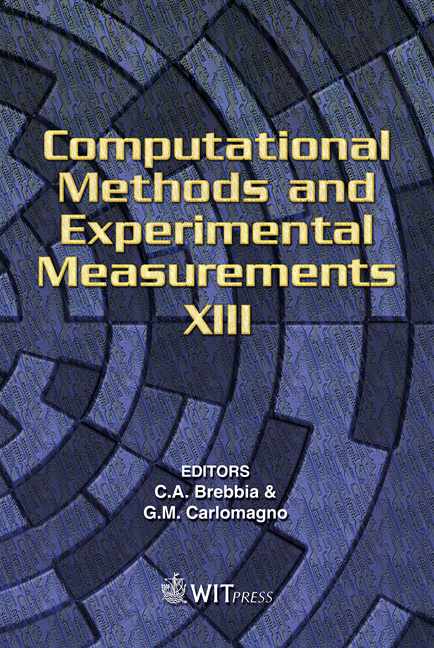An Analysis Of Superplastic Free Forming At Constant Pressure
Price
Free (open access)
Transaction
Volume
46
Pages
9
Published
2007
Size
1,081 kb
Paper DOI
10.2495/CMEM070231
Copyright
WIT Press
Author(s)
G. Giuliano & S. Franchitti
Abstract
Superplastic materials are characterised by very low strength during forming and by large plastic deformations. Superplasticity is observed in some metal alloys when deformed under particular conditions, namely: • very fine grain size (10µm); • high temperature (greater than about one-half the absolute melting point); • a controlled strain rate (10-4–10-2 s-1). In recent years, there has been a considerable interest in the aircraft and automotive industries using superplastic forming to obtain complex parts. In these industrial sectors superplastic forming (SPF) of sheet metal has been used to produce, with a low number of mechanical steps, several sheet metal components that are lighter and stronger than conventional components. The increasing spread of superplastic forming processes has focussed the attention of technologists onto problems of optimising process parameters. The design of these processes is more difficult than conventional manufacturing operations. In fact, to successfully produce an SPF component it is essential to control a variety of different parameters during the forming process: temperature, material grain size, strain-rate distribution due to the pressure forming and the final distribution of thicknesses. In this study the superplastic behaviour of PbSn60, an alloy that is superplastic at room temperature, is evaluated during constant pressure free bulging. A set of experimental tests were carried out in order to determine the characteristic parameters of the PbSn60. Keywords: superplastic forming, constitutive equation, finite element method.
Keywords
superplastic forming, constitutive equation, finite element method.





